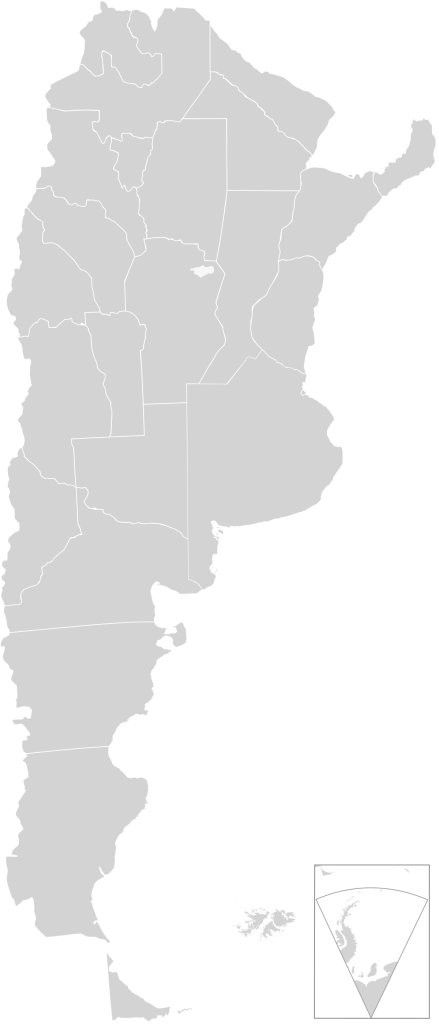
Shia Community in Argentina: The Origins and Development

Early Muslim immigration
Argentina is one of the largest countries in South in terms of population and size. The presence Shia community in Argentina as a part of Islam development in the country goes back to the end of the nineteenth century and early twentieth century, with the arrival of immigrants mostly from the current territories of Syria and Lebanon, and to a lesser extent Iraq and Palestine.
Though the majority of immigrants from this region professed the Christian faith, within the group there was a small percentage of Muslims who arrived in Argentina between the years 1880–1930, the period that saw the country’s highest Arab immigration flows. Later, by around the second half of the twentieth century, there was a succession of smaller waves of immigration after the conflicts in Palestine and Lebanon, when a new generation of Muslims integrated into small communities already installed there.[1]
Shias in Argentina
Shia community in Argentina is a minority which includes the converted Argentinians, as well as immigrants from Lebanon, Syrian Alawites or Twelver Shias. The Pew Research Centre estimates about 1,000,000 Muslims in Argentina in the year 2010. The Association of Religion Data Archives however approximates that 1.9% of the population profess Islam as their faith. The Shia population is around 15-20% of the country’s Muslim population who live mostly in the east part of Buenos Aires.[2] Shiites are often traders in Argentina and mostly trade in meat. For this reason, they have an economically average living situation there.[3]
Islamic institutions in Argentina
There are numerous mosques and Islamic associations in Argentina. The first and most important Shia community in Argentina is called the Floresta Shi‘a community centering on the Argentine Islamic Organisation and its At-Tauhid Mosque, founded in 1983. Among its activities are Arabic language classes and classes in Islamic culture and religion. It also organises study tours to Iran. It has a newspaper (El Muecín), a magazine (Al Kauzar), and distributes books on Islamic culture and religion. They also broadcast some programs on the radio for a few hours a week.[4]
[1] SHI‘A MINORITIES IN THE CONTEMPORARY WORLD, MIGRATION, TRANSNATIONALISM AND MULTILOCALITY, Oliver Scharbrodt and Yafa Shanneik, 2020, EDINBURGH University Press.
[2] Mapping the Global Muslim Population: A Report on the Size and Distribution of the World’s Muslim Population”. Pew Research Center -2009.
[3] www.Wikishia.net
[4] SHI‘A MINORITIES IN THE CONTEMPORARY WORLD, MIGRATION, TRANSNATIONALISM AND MULTILOCALITY, Oliver Scharbrodt and Yafa Shanneik, 2020, EDINBURGH University Press.